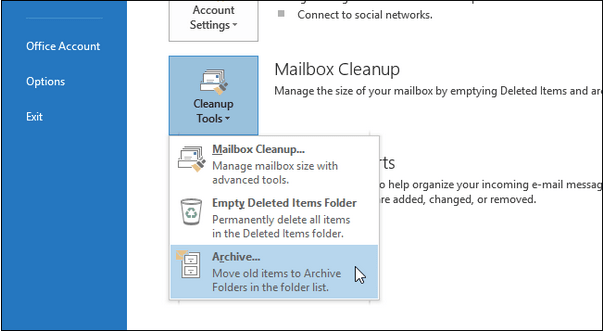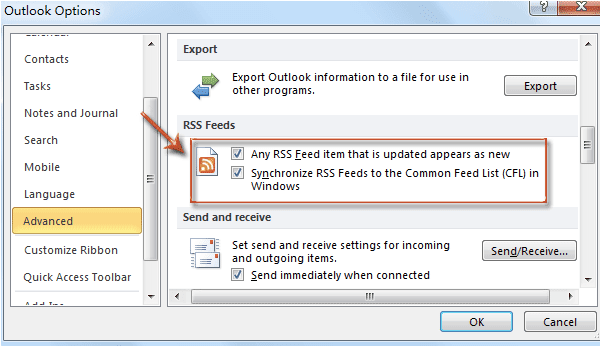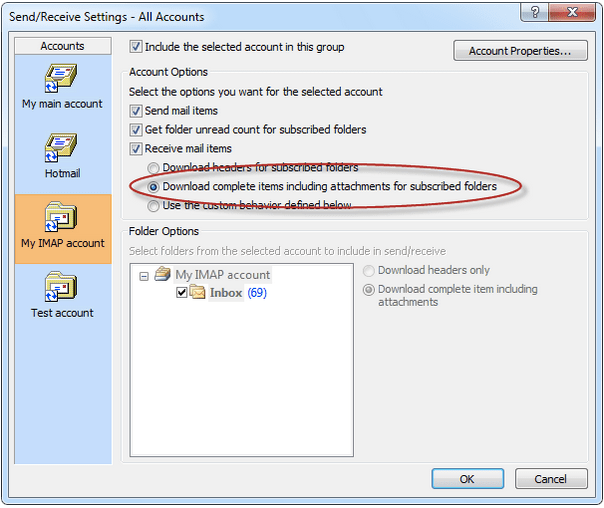If you’ve used Microsoft Outlook for a long time, you may notice that it doesn’t run as smoothly as it used to. It can either stop responding for a long time or become completely unresponsive.
Well, the overall performance of the email client is affected due to several factors, as per the official blog by the Support Team. Some of the most common reasons are listed below:
- Running an outdated Outlook version.
- Corrupt emails and attachment files.
- Faulty add-ins.
- Virus or malware infection.
- Several Really Simple Syndication (RSS) feeds.
- Interferences from antivirus software.
- Oversized PST (Personal Storage Table) (The central repository of MS Outlook)
- Lots of messages in the Inbox can slow synchronization with the server.
To address the situation “MS Outlook application is taking too long to respond” we’ve curated a list of fixes suggested by a technical expert.
How To Fix A “Slow Outlook Performance Issues” On Windows 11/10?
If you are unable to execute simple operations like opening a mail, copying/moving a folder, downloading attachments, etc. in Outlook, then try these troubleshooting methods.
METHOD 1 = Archive Emails

If you’re not used to of archiving your inbox, then maybe now is the time. Rather than keeping a clustered inbox, you should archive your less-important emails to keep your email space organized. As all your emails keep piling up in your inbox, you should maintain a habit of archiving your emails now and then to make sure that your Outlook is running in its best state.
METHOD 2 = Disable RSS

RSS (Really Simple Syndication) feeds a sort of file that stores information about the latest updates from websites and applications. Syncing RSS feeds from Internet Explorer is one of Outlook’s advanced feature which runs in the background. Sometimes when Outlook is syncing your RSS feeds, it might hamper its performance. To disable RSS feeds on Outlook, navigate to Options> Advanced and disable the RSS feeds option.
METHOD 3 = Create A New Outlook Profile
Several users have suggested that building a new Outlook profile has helped them to speed up the performance of the Outlook application. Hence, you may try the same & see if it helps you as well.
STEP 1: Launch Control Panel and select “Mails”.
STEP 2: Find and click on the “Show Profiles” option from the Mail Setup-Outlook display screen.
STEP 3: Hit the “Add” button to create a new Outlook profile, enter a name for the new profile, and press the OK button.
Note: Don’t forget to check on the “Prompt for a new profile” option.
Follow the on-screen instructions to build and new profile and associate it with your current mail account. You can easily import/export your data across the profiles and get going. Hopefully, you will not witness slow Outlook performance issues now!
METHOD 4 = Disable Add-Ins
Have you installed a couple of add-ins on Outlook to improve user experience? Well, if Outlook is running slow, then you can try disabling a few add-ins to check whether it improves its speed and performance. Head on to Options> Add-ins and disable all the add-ins which you find suspicious or that might be slowing down your Outlook.
METHOD 5 = Download Complete Items

As soon as your Outlook connects to a POP3 or IMAP server, Outlook must download entire email messages so that it doesn’t have to connect to an external server each time you load an email message. To tweak this setting on your Outlook account, open the Send/Receive Settings window on Outlook and then enable the “Download Complete items including attachments” option and then hit OK button to save your changes.
METHOD 6 = Compact PST Files
All the MS Outlook elements like emails, contacts, calendar entries, drafts, notes, journals, tasks, etc. get stored in a central repository of the email client, which is known as a Personal Storage Table (PST Files). When the PST file exceeds the maximum permissible limit, you may start experiencing slow performance issues. Things get worse when the oversized PST file gets corrupted. This could even lead to the loss of important data & emails. Hence, the problem should be addressed immediately. This is how you can reduce the size of an Outlook Data File (.PST)!
METHOD 7 = Disable Any Antivirus Program That Might Be Interfering The Experience
In certain scenarios, the current security software running on your computer may create conflicts with the Outlook email client and hamper overall performance. The issue especially appears if you have enabled email scanning by default in Outlook. Hence, try disabling the antivirus program to see if it resolves the “Outlook responding slowly” issue.
METHOD 8 = Restore From Previously Created Checkpoint
There can be chances that despite attempting all the aforementioned solutions, Outlook continues to respond slowly and behave sluggishly. If you’re one of them, you should consider running the System Restore feature and reverting the system to a previous state when Outlook was performing properly.
 Additional Tip
Additional Tip
Additional Information = How To Fix Outlook Slow Performance In Microsoft 365 Environment?
Oftentimes, when you use Outlook and Microsoft 365 simultaneously, you may experience the following issues:
- Outlook opens emails slowly.
- When you send an email, it sits in the Outbox folder for a long time.
- Outlook takes a significant amount of time to insert an attachment.
- You may receive the error message “Outlook is retrieving information from the server”.
To fix this issue, you can try the following workarounds:
TIP #1 Make sure you’re running the latest applicable updates for MS Outlook.
TIP #2 As your mailbox size increases, more resources are required to open each folder. Hence, declutter your Inbox by deleting old/irrelevant emails or moving them to separate folders.
TIP #3 Repair Office Programs that might be creating the issue. For this, simply exit any Office Programs that are running > launch Control Panel > Programs and Features > Right-click on the MS Office Program you wish to repair > select the Repair option.
TIP #4 If Outlook is integrated with Skype for Business Online in MS 365 Environment, simply disable it to fix the issue.
BONUS TIPS To Improve Outlook Performance
We recommend our users perform the following tasks regularly to minimize the amount of data that Outlook processes. This will reduce the consumption of memory by the email client and yield faster performance than before.
- Delete emails, calendar entries, and contacts that you no longer need.
- Eliminate unwanted items stored under the Sent Items folder.
- Move Inbox items to other mail folders.
Archive old messages to prevent unnecessary emails from piling up. For this, you can set up Outlook in auto archive mode.
Conclusion
So, these were the 8 useful ways to resolve the “Outlook running slow issue on your Windows 11/10 device. We hope these above-mentioned hacks will allow you to improve the overall experience. After compacting the PST Files, we were able to resolve the issue instantly & enjoy faster and smoother performance than before. Hence, you may try the same and see if it helps you as well!
Good luck!
Frequently Asked Questions:
Q1. Why is Outlook so slow in Windows 10?
There are multiple reasons why your Outlook email client might be running slow:
- Running an outdated Outlook version.
- Corrupt emails and attachment files.
- Faulty add-ins.
- Virus or malware infection.
- Several Really Simple Syndication (RSS) feeds.
- Interferences from antivirus software.
- Oversized PST File.
Q2. Why are my emails slow coming through?
Delay in receiving email messages in Outlook can happen due to a couple of reasons:
- Large size of the email and its attachments.
- Network latency issues.
- Occasional issues with spam/virus scanners getting backed up.
Q3. How long does it take for Outlook to send emails?
Well, when connected to a network, emails are sent immediately when you press the Send button on Outlook.
Q4. Can a large mailbox cause Outlook to run slow?
Of course! In the majority of the cases when there are multiple folders on Outlook & PST Files is packed,. The email client seems to respond slowly when it comes to opening emails or downloading attachments.
Q5. Will updating Outlook improve performance?
Yes! Running the latest and most compatible Outlook versions can help improve overall speed and performance.
You can follow our previous guides for more help:


 Subscribe Now & Never Miss The Latest Tech Updates!
Subscribe Now & Never Miss The Latest Tech Updates!